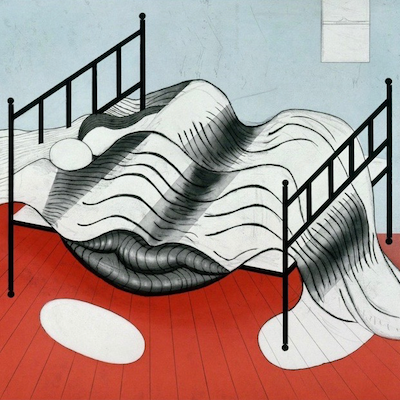
Woman and woman, 1993-1994
- Inches
- Centimeters
- USD
- EUR
- GBP
- Recently Added
- Price (low-high )
- Price (high-low )
- Year (low-high )
- Year (high-low )
Georg Baselitz
Man And Woman III (with Fir Tree), 1985
Limited Edition Print
Woodcut
Currently Not Available
Seek an Artwork by Georg Baselitz
If you are searching for a specific piece by Georg Baselitz, let us know what it is, and we will explore our network to find matches. Our goal is to assist you in discovering artworks that align with your interests.
What is Postmodernism?
Postmodernism is artwork which sought to make visual statements against authority, to remove boundaries between art and everyday life, and to bridge gaps between the cultural elite and popular masses. Art in this movement embraces many earlier conventions and styles in eclectic mixtures.























